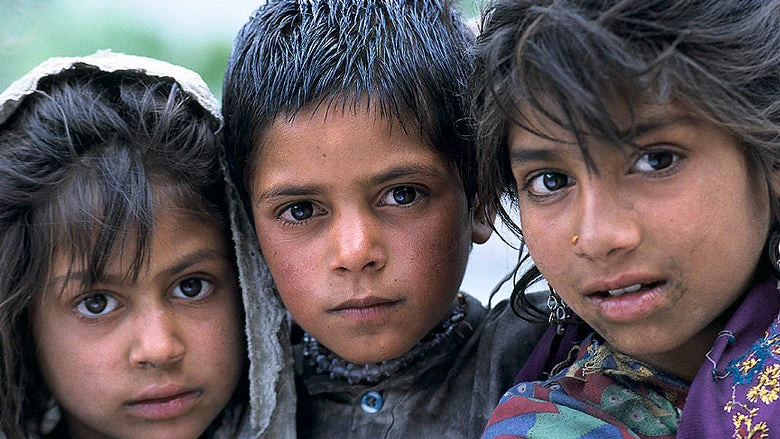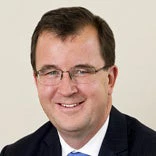
The release of the joint statement “From Billions to Trillions: Transforming Development Finance” at the World Bank-IMF Spring Meetings is one of the most satisfying moments during my two-year tenure as Managing Director and World Bank Group CFO.
My one regret is that the title should have been Billions for Trillions.
Why?
Financing the Sustainable Development Goals (SDGs) will require everyone to make the best use of each dollar from every source, and to draw in and increase public and private investment. The SDGs are ambitious and demand equal ambition in using the “billions” of dollars in current flows of Official Development Assistance (ODA) and all available resources to attract, leverage and mobilize “trillions” in investments of all kinds—public and private, national and global.
The traditional foundation of ODA, estimated at $135 billion a year, provides a fundamental source of financing, especially in the poorest and most fragile countries. But more is needed. Investment needs in infrastructure alone could reach up to $1.5 trillion a year in emerging and developing countries.
The African Development Bank, Asian Development Bank, European Bank for Reconstruction and Development, European Investment Bank, Inter-American Development Bank, World Bank Group (referred to as the MDBs), and the IMF are looking at a range of options for scaling up.
The MDBs—engines of development finance—have signaled plans to extend more than $400 billion in financing over the next three years. We have vowed to work more closely with private and public sector partners to help mobilize the resources needed to meet the historic challenge of achieving the SDGs.
Discussion at the Third International Conference on Financing for Development in Addis Ababa (July 13-16) further elaborated on how the billions in use today can be transformed into the trillions needed over the next 15 years.
MDB development finance has grown from $50 billion in 2001 to $127 billion in 2015. For each dollar invested by their shareholders, MDBs are able to commit $2-5 in new financing each year. Collectively, our direct private sector investments have increased fourfold over this period. We can mobilize an additional $2-5 in private investment for every dollar we invest directly in private sector operations. To increase our contribution to more than $400 billion over the next three years, we also plan to make even better use of our balance sheets.
Additional steps to leverage more resources include the development of new approaches and tools to help developing countries play a stronger role in harnessing national resources. The MDBs and the IMF are partnering with countries on, for example, the introduction of a new toolkit to assess and improve tax policies and expanding instruments such as e-procurement to achieve better government spending.
Increasing external resource flows to developing countries for investment is essential to achieving the SDGs. But these flows can be expected to materialize only in circumstances where countries have coherent development strategies consistent with maintaining macroeconomic stability while also ensuring the delivery of key public sector services and a business environment supportive of growth.
The private sector is playing an increasing role in financing goods, services and infrastructure. We are committed to engaging differently with private sector partners on a wide range of interventions, including connecting investors with opportunities, developing a pipeline of investable infrastructure projects, helping countries make investments more attractive, and building local financial markets.
The MDBs are also partnering with others to develop innovative financing approaches to support global needs, such as health and climate, building on extensive work already underway.
Post-2015 development financing will require the MDBs, the IMF, the private sector and others to be financially innovative and motivated if we are to help countries to end poverty and enhance sustainable social and economic development.
This post was originally published on the Fin4Dev blog.


Join the Conversation